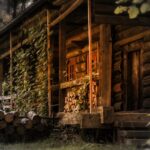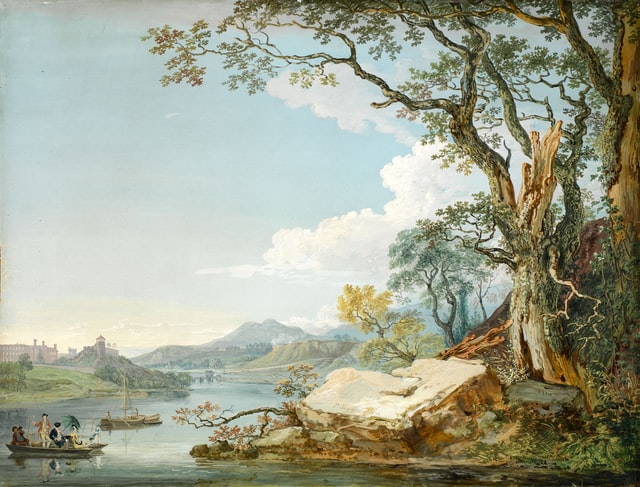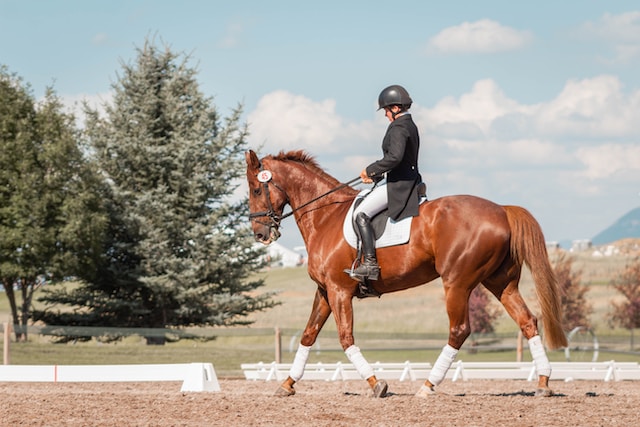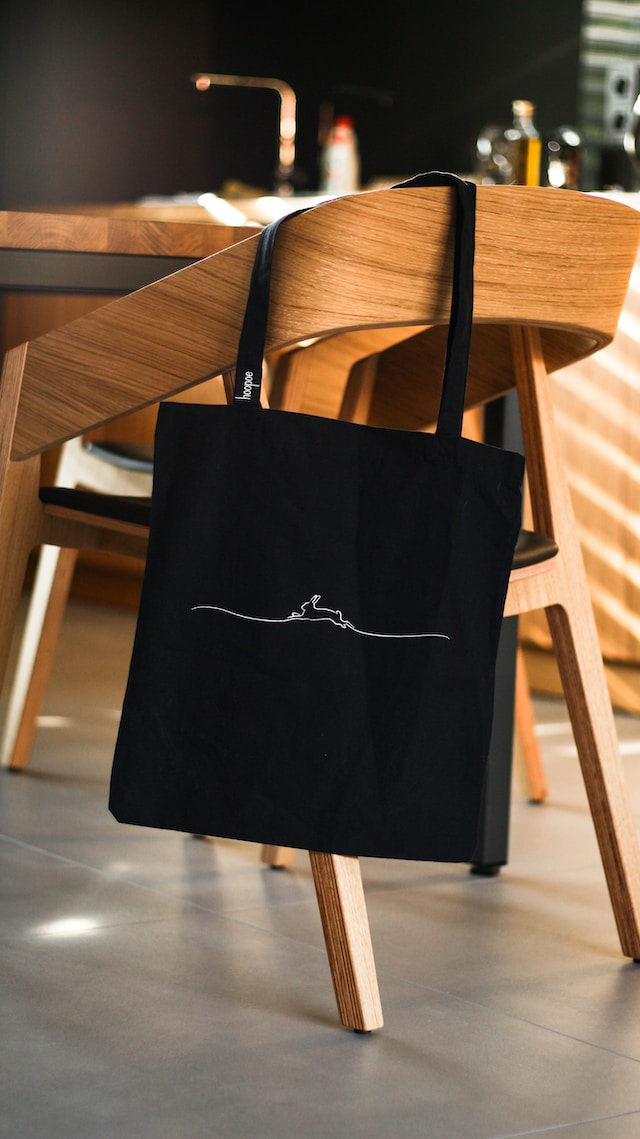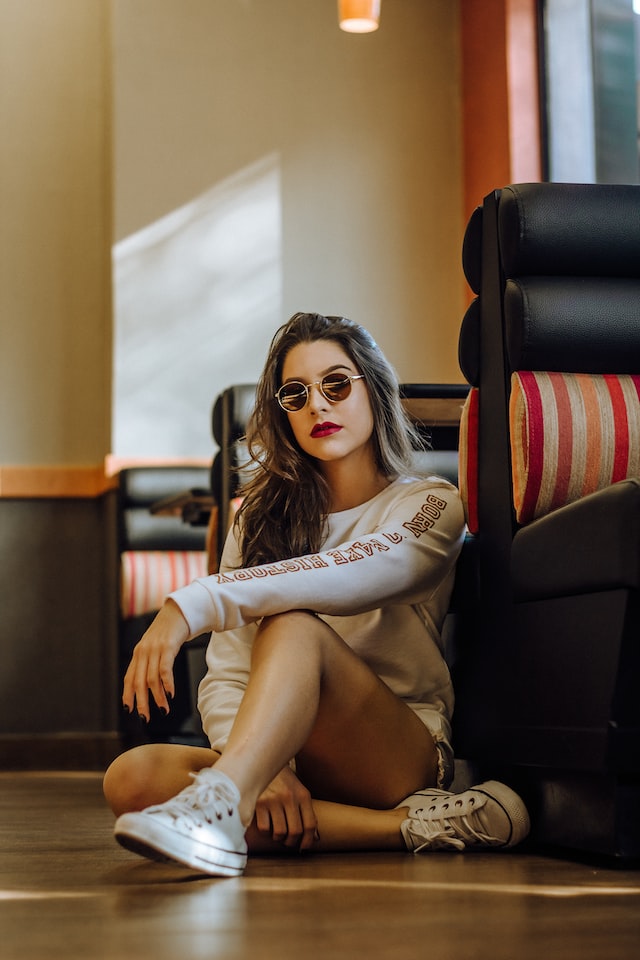Common Features of Landscape Paintings
The ‘Landscape’ term has been used for centuries to describe works of art of the natural environment. This description encompasses two significant styles, Expressionist and Symbolism, and the representation of natural scenery. In addition to the basic elements, landscape paintings may also employ aspects of symbolism and realism. This article will highlight some of the common features of landscape paintings and discuss the differences between the two styles.
Symbolism in landscape paintings
Many commentators have read symbolic meaning into landscape paintings. One example is the rainbow that floats above a stream. Some interpret this as a hope for the end of a storm. Other commentators read hope that the sun will soon appear and shine on the landscape. A similar interpretation of the painting might be to read the flowers as representing the seasons. A few commentators have even read a message of love into the painting.
Ruisdael’s Jewish Cemetery is perhaps one of the best-known examples of landscape painting. It depicts the Jewish cemetery near Amsterdam, and Ruisdael manipulated the image heavily. Although the tombs of the dead are visible in the painting, this is still a powerful image. Ruisdael’s work would go on to influence later Romantic landscape painters. But it was a very different kind of landscape painting.
Originally, landscape imagery featured large human figures as an essential part of the landscape. Such large figures reaffirmed human dominance over nature and were incorporated into the composition. In the case of the tree in Friedrich’s painting, however, Friedrich chose to eliminate these elaborate details to focus on the immensity of nature. In addition, the small monk, who demands the viewer’s full attention, further emphasizes the power of nature.
Expressionist style
The expressionist style in landscape paintings was developed by artists such as Holman. The artists he studied with included John Ippolito, Nicholas Marsicano, and Nicolas de Stael. In addition to being accomplished painters, all three also taught at the New School for Social Research. The open-Impressionism style lends itself to any landscape, and Holman’s lyrical nature often reveals an intimate and poetic quality in her work.
Die Brucke was the name of one of the groups that influenced the German expressionists, which was a branch of the group. Heckel was a founding member of the group and experimented with woodblock prints. He was inspired by the stark aesthetic of the medium and by the traditional German heritage. His paintings often depict nudity and city life, and his melancholy self-portrait, “Die Brucke” (1920), shows an unnerving sense of national weariness and spiritual fatigue.
Earlier, before becoming famous, both Pollock and Frankenthaler painted landscapes. Their paintings display mastery of color and are related to their Color Field works. However, their landscapes also question the boundaries between pure abstraction and representation. And the artists who first made these works famous were the Impressionists.
Representation of natural scenery
Representation of natural scenery in landscape paintings may include images of trees, sky, riverscapes, cities, and other artificial structures. Regardless of subject matter, landscape paintings all center around the scenery. While some landscapes are based on real places, others are purely imagined, often referring to a particular locale. There are many different landscape paintings, each of which has its distinct style and purpose.
The first landscape painting is the work of Nicolas Poussin, who painted Adam and Eve surrounded by trees. Although he used nature as his primary subject, his work is renowned for its spontaneous and intuitive use of color. Matisse tries to portray various emotions through various hues, and the colors reflect that emotion. The artist uses quick brushstrokes of oil paint, and parts of the canvas are left unprimed.

